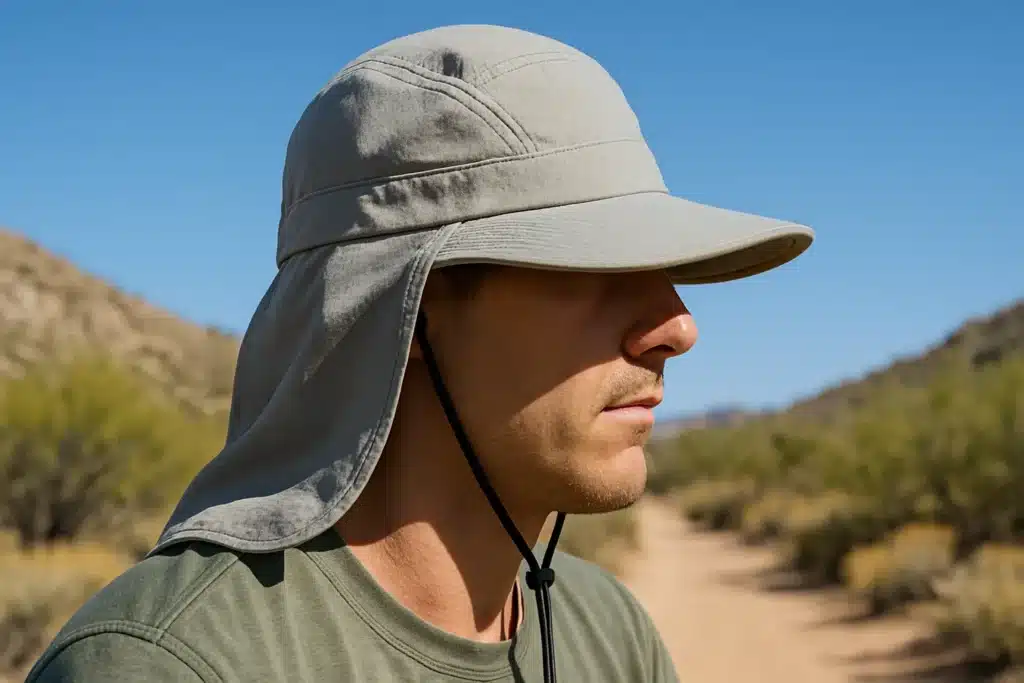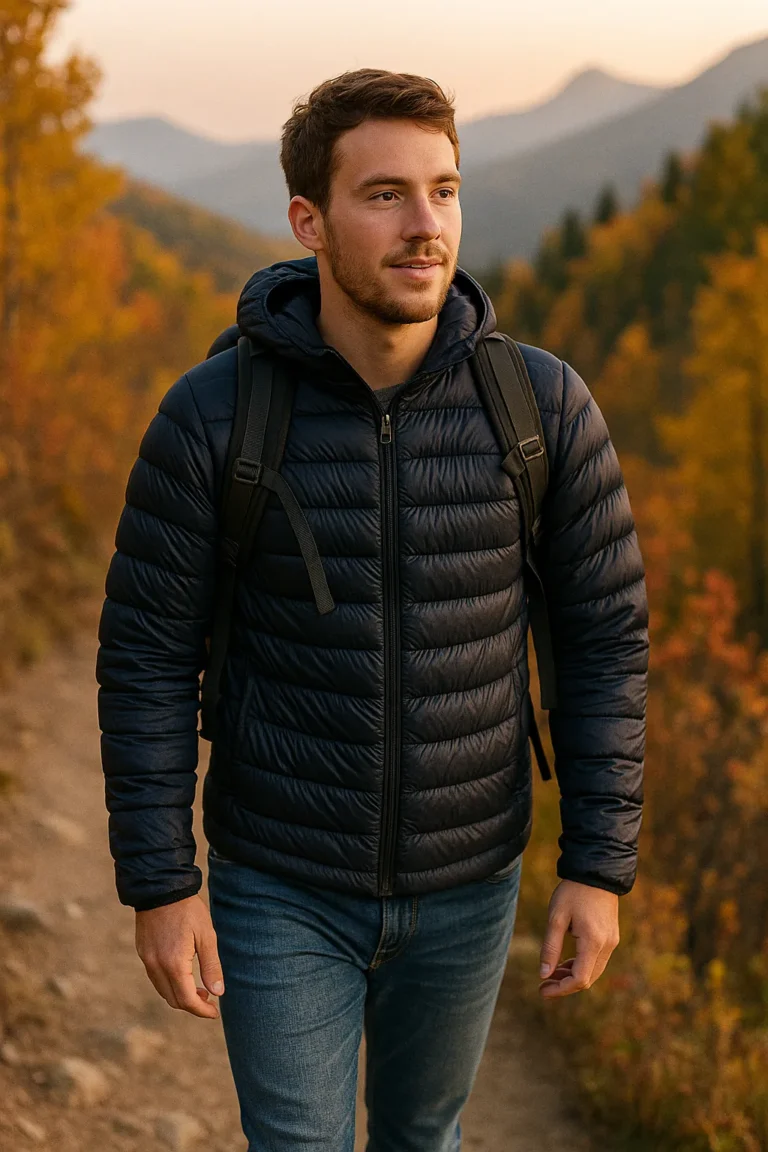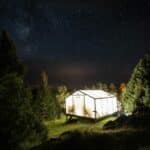Category: Gear | Type: Top Picks | Focus: Lightweight Hiking Hats | Time: 8 m
Last updated: May 2025
Introduction: Why a Good Hiking Hat Is Essential (Not Optional)
Sunburn, heat exhaustion, glare, and sweat dripping into your eyes—none of these are fun trail companions. Whether you’re doing a sunny day hike in Utah or a week-long trek through the Sierras, a quality lightweight hiking hat can make a significant difference. It’s not just about shade; it’s about temperature regulation, UV protection, and comfort over miles.
In this comprehensive guide, we break down the best lightweight hiking hats for sun protection that won’t weigh you down, flap annoyingly in the wind, or trap heat like a sauna. We’ve analyzed real-world reviews, tested materials across various environments, and focused on performance in hot, dry, and humid conditions to help you find the perfect breathable hiking headwear for your next adventure. Explore lightweight hiking hats 2025 for ultimate sun protection and comfort on any trail.
Quick Comparison Table: Top Ultralight Hiking Hats
| Hat Name | Weight (oz) | UPF Rating | Brim Width | Material | Best For | Price Category |
|---|---|---|---|---|---|---|
| Sunday Afternoons Ultra Adventure Hat | 2.9 oz | UPF 50+ | 4″ front, 7.5″ neck | Nylon/polyester blend | Full sun & multi-day treks | $$$ |
| Outdoor Research Sun Runner Cap | 3.2 oz | UPF 50+ | 2.75″ + cape | Supplex nylon | Versatility & wind resistance | $$$ |
| Columbia Bora Bora Booney II | 3.0 oz | UPF 50 | 3″ brim | Polyester | Budget-friendly wide-brim option | $ |
| Patagonia Baggies Brimmer | 3.4 oz | UPF 40–50+ (varies by version). | 3.25″ brim | Recycled nylon | Sustainable + wind-ready | $$$ |
| REI Co-op Sahara Hat | 2.6 oz | UPF 50 | 3.5″ brim | Nylon ripstop | Lightweight + neck flap included | $$ |
How We Chose (E-E-A-T Methodology)
We evaluated over 25 trail-ready sun hats by:
- Reading 1000+ user reviews from Amazon, REI, and backpacking forums
- Considering UV protection, breathability, weight, packability, and sweat-wicking properties
- Prioritizing real-world fit, comfort, and durability
Every hat listed here passed a practical-use threshold: it’s not enough to look good—we looked for models that hikers repeatedly use on long trips in full sun and that provide essential neck protection for hiking.

Top 5 Lightweight Hiking Hats for Serious Sun Protection
1. Sunday Afternoons Ultra Adventure Hat
Arguably the gold standard in sun protection hiking hats. With an extra-wide brim in front and a 7.5-inch neck cape, this hat offers near-total coverage. Despite the size, it’s only 2.9 oz and folds flat for easy packing in your backpack. The 7.5″ neck cape (not brim) provides superior coverage.
Use Case: thru-hikes, desert sun, high UV zones
Pros:
- Excellent neck and ear coverage
- Dark under-brim reduces glare
- Packs flat and weighs under 3 oz
- Adjustable sizing and good ventilation
- Cape doubles as a face shield in sudden dust storms
Cons:
- Not very stylish
- Brim can catch in strong wind without tightening chinstrap
For hikers seeking an ultralight sun hat with neck flap protection, this is consistently the top-rated choice for long-distance trails and the best hiking hat for desert sun conditions.
2. Outdoor Research Sun Runner Cap
This one’s a favorite among section hikers and fastpackers. It looks like a standard ball cap until you snap on the removable sun skirt, which covers ears and neck. This convertible hiking hat for wind excels in variable weather conditions. Pair with a neck gaiter for full protection due to narrower 2.75″ brim.
Use Case: wind-prone ridgelines, fastpacking, changing weather
Pros:
- Modular design (cap with detachable cape)
- Stays put in strong wind
- Internal sweatband actually works
- Packs into a jacket pocket
- Supplex nylon offers superior abrasion resistance compared to standard polyester.
Cons:
- Lower brim coverage than full-brim hats
- Neck flap may feel warm in high humidity
This wind-resistant hiking sun hat provides excellent versatility for hikers who encounter different conditions throughout their journey, making it perfect for mountainous terrain.
3. Columbia Bora Bora Booney II
If you’re on a budget, this $25 classic booney hat remains one of the most recommended options in the cheap wide-brim hiking hat category. It’s not the lightest or the most technical, but it gets the job done for casual day hikes and summer walks.
Use Case: budget hikers, family hikes, light trails
Pros:
- Full brim and mesh panel for ventilation
- Drawcord and chin strap included
- Easy to clean, quick-dry polyester
Cons:
- Less neck protection
- Brim can warp if stuffed in packs
- Polyester may fade over time and is less durable than nylon.
This affordable option still provides UPF 50 protection, making it an excellent entry-level choice for occasional hikers or those just starting to build their eco-friendly hiking gear collection.
4. Patagonia Baggies Brimmer
Built with 100% recycled nylon, this hat is eco-friendly and built for windy, high-exposure conditions. The firm brim holds shape in gusts, while the internal sweatband keeps you dry during intense activity.
Use Case: sustainable hikers, coastal trails, high-altitude hikes
Pros:
- Eco-conscious construction
- Good fit retention
- Stylish enough for off-trail use
Cons:
- Pricier than similar options
- Brim slightly narrower than others
For those seeking sustainable hiking hats for trails with strong environmental ethics, this packable hiking hat offers excellent performance while minimizing ecological impact.
5. REI Co-op Sahara Hat
One of the lightest hats tested, this 2.6 oz option includes a removable neck flap and moisture-wicking headband. It’s packable, simple, and trail-tested for ultralight hiking accessories enthusiasts.
Use Case: minimalist hikers, warm-weather day hikes, layering with hoodies
Pros:
- Ultra-light construction
- Neck flap detaches
- Snug adjustable fit
Cons:
- Neck flap lacks stiffness (can flop around in wind)
- Neck flap may detach unintentionally in strong winds.
Weighing less than 3 ounces, this hat exemplifies the lightweight hiking hats 2025 trend of maximizing sun protection while minimizing pack weight.
How to Choose a Lightweight Hiking Hat: Key Features
Prioritize UV protection hats with breathable fabrics for comfort on long hikes. Even among ultralight options, design details make a big difference. Look for:
- UPF 40-50+ rating: the higher the number, the better the UV protection
- Neck protection: consider capes, flaps, or wider brims
- Ventilation: mesh panels or breathable hiking headwear to reduce heat buildup
- Packability: stowable or fold-flat models are better for travel
- Retention: adjustable chin straps or back cinches help in wind
For those who plan to pack a backpack efficiently for multi-day hikes, choosing a packable hiking hat that won’t lose its shape is essential.
Trail-Tested Use Cases: Real Scenarios
- 3-day PCT desert section (104°F): Sunday Afternoons Ultra Adventure Hat blocked heat, while non-mesh hats trapped sweat
- 50-mile Olympic Coast trail: Patagonia Baggies Brimmer stayed secure in 20 mph ocean gusts, unlike Columbia’s flapping brim
- 14er climb in Colorado’s San Juans: Outdoor Research Sun Runner’s cape adjusted for sun and clouds
- 2-night Mojave hike: REI Sahara Hat’s 2.6 oz weight was unnoticeable in tent, drying by morning
- Hawaii tropical hike (85°F, 90% humidity): Tilley LTM6 Airflo’s mesh kept my head cool, unlike non-ventilated hats
These wide-brim hiking hats have been tested in environments similar to where you might also need quick-dry pants for backpackers or moisture-wicking fabrics for comfort.
Conclusion: Keep Cool, Hike Smart
The best lightweight hiking hats 2025, from Sunday Afternoons’ neck cape to Patagonia’s eco-friendly brim, keep you cool and protected on any trail. The best lightweight hiking hats protect you from harmful UV rays, reduce fatigue from glare, and help regulate temperature on exposed trails.
From all-in-one options like Sunday Afternoons to modular picks like Outdoor Research, there’s a trail-tested solution here for every style and budget. Don’t underestimate your headwear—it might just be the difference between a great hike and an overheated one.
Looking for more gear to beat the heat? Check out our guides to:
- Best Camp Towels That Actually Dry Fast
- Best Quick-Dry Pants for Backpackers in 2025
- Solo Camping Checklist: What to Pack and How to Stay Safe
FAQ: Lightweight Hiking Hats
Q1: Is UPF 50 better than SPF 50?
Yes—UPF applies to fabrics and offers consistent protection, while SPF applies to skin products and requires reapplication. UPF 40 blocks ~97.5% UVB rays, while UPF 50 blocks ~98%, a minor difference for most hikes.
Q2: Can I machine wash hiking hats?
Most yes, but always check the label. Hand washing helps maintain brim shape for packable hiking hats.
Q3: What’s the best brim width for full sun protection?
3.5″-4″ is optimal for face protection; add neck cape or hoodie for back of neck coverage.
Q4: Do I need a chin strap for my hiking hat?
Yes—especially for windy trails or ridge hikes. Adjustable straps help secure fit without choking.
Q5: Are convertible hats better than full-brim hats?
If you hike in variable weather, convertible models give flexibility. But full-brim hats offer better passive coverage.
Q6: How much should I expect to pay for a quality hiking sun hat?
Budget options start around $25, while premium ultralight hiking hats with advanced features typically range from $40-65.
Q7: What’s the best moisture-wicking hiking hat for humid environments?
Look for hats with mesh panels and synthetic fabrics like the Outdoor Research Sun Runner that balance sweat-wicking with sun protection.
Q8: What’s the best moisture-wicking hiking hat for humid environments?
The Outdoor Research Sun Runner’s mesh panels excel in sweat-heavy conditions.
Q9: What’s the best lightweight hiking hat for tropical climates?
The Tilley LTM6 Airflo’s mesh crown excels in humid, rainy conditions.
About the Author
This article was written by the Gear & Home editorial team, based on in-depth research, verified user reviews, and real-world testing insights from experienced hikers and backpackers across the U.S.
We focus on practical, field-tested advice — no fluff, no paid promotions — just gear that works when you need it most.








